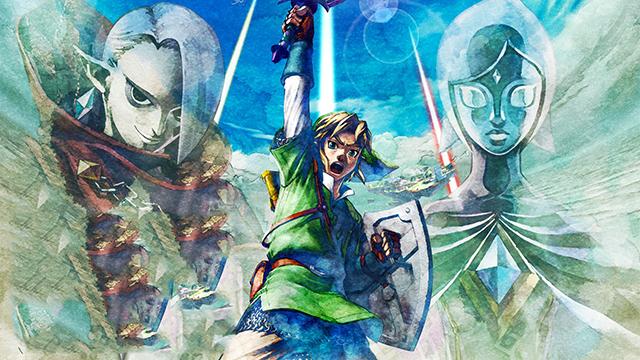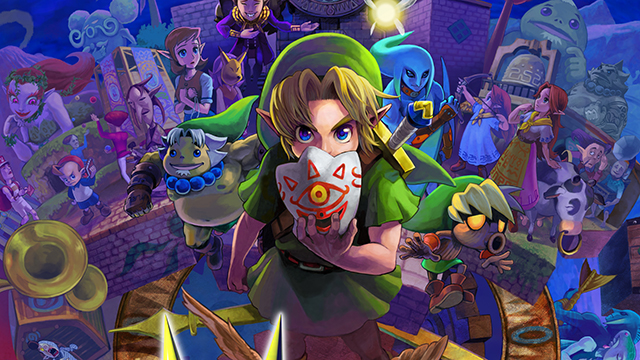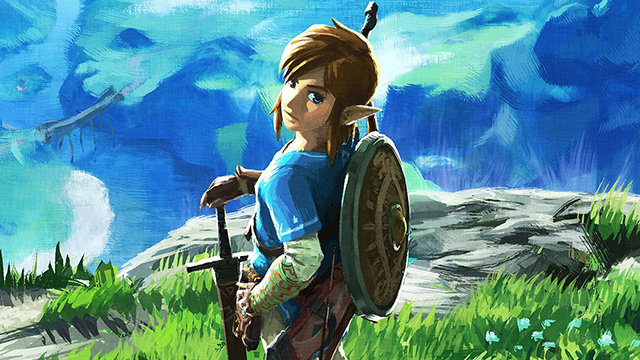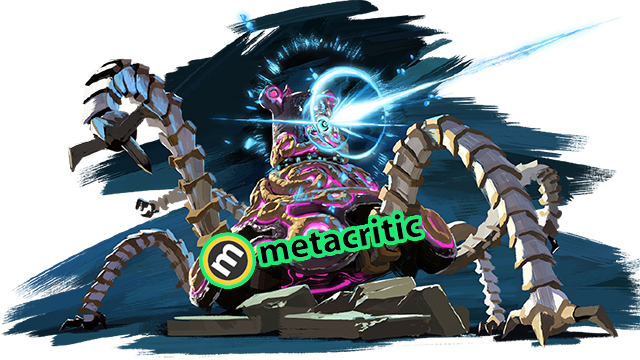As most would agree, review score aggregators have been both a curse and a blessing for videogames. The blessing is obvious; easy, at-a-glance access to a general critical consensus, making decisions about where and how to spend hard-earned disposable cash less difficult. The downsides, though less obvious, have also been discussed at length, namely an increased focus on numerical scores over a review’s actual words, and pressure on developers to achieve X score or face publisher penalties.
In recent times, the eighth console generation in particular, a general downward trend in gaming averages on aggregate site Metacritic has been observed. It’s not that there are fewer good games, but rather that fewer games amass large numbers of exceptionally high scores. As such, the numerical stamp of “extremely high quality” has, for most players, consciously or subconsciously been lowered. In my youth (and even as recently as the 7th and 6th console generations) I’d scour GameRankings.com for ballpark 95 aggregate scores, games I absolutely must play. These days, most players keep their eyes peeled for mid-eighties as a starting point, and go from there. If you love a particular series, odds are you’ll gladly still buy if the score sinks even lower.
The Legend of Zelda has proven across console cycles that it can garner consistent and uniform high praise, but after a slight aggregate dip with Skyward Sword (still impressive at 93) and the industry’s recent tightening on the availability of 9s and in particular 10s, it remains to be seen which green two-digit number Breath of the Wild will secure once the dust has settled.
.
 Skyward Sword: praised by many, not by all. Its dungeons and strong plot delivery helped its review scores.
Skyward Sword: praised by many, not by all. Its dungeons and strong plot delivery helped its review scores..
To recap, here’s the Metacritic history of modern mainline Zelda entries.
- Ocarina of Time – 99
- Majora’s Mask – 95
- The Wind Waker – 96
- Twilight Princess – 95 (Wii) 96 (GameCube)
- Skyward Sword – 93
- Breath of the Wild – TBD
As mentioned, notable is Skyward Sword, a quality but controversial entry for the Wii that left some players scratching their heads over not-previously-seen motion controls and a puzzlingly linear style. Personally I adored the former and embraced the latter, but the notion of a divisive entry settling at 93 speaks to the trend I mentioned at the start of the article. This generation, just Metal Gear Solid V: The Phantom Pain has reached that same peak 93, surpassed in the blockbuster space only by HD remasters Grand Theft Auto V (97) and The Last of Us Remastered (95), both borrowed from one generation prior. Tied with MGS V is indie puzzle-platformer Inside on Xbox One, and Super Mario 3D World on the Wii U. For whatever reason, right now 93 is the magic number.
Taking the Zelda analysis a step further, we do have two HD remasters to go by, both on Wii U, for estimating what the current-gen critical environment might settle on with Breath of the Wild. Though not technically HD remasters, I’ve also included the aggregate scores for the 3DS remakes of Ocarina of Time and Majora’s Mask.
- The Wind Waker HD – 90
- Twilight Princess HD – 86
- Ocarina of Time 3D – 94
- Majora’s Mask 3D – 89

.
Despite scoring the highest, Ocarina of Time 3D’s aggregate is perhaps the least surprising, and also tells us the least. Developer Grezzo no doubt did a fine job modernizing Link’s debut in 3D (polygonal back then and stereoscopic now), but between nostalgia and importance to its time, there’s not much to be gleaned. Veteran reviewers adore the game (and rightly so having lived it), while amateur critics would certainly not want to look foolish tossing something so widely beloved a 6 or 7, rendering low scores unlikely. Majora’s Mask settled at 89, which is logical for a much-clamored-after cult hit generally seen as equally fun but less groundbreaking compared with its forebear. There’s also its strong disregard for recently established (and soon to be repeated) convention that, while beloved, is not universally favored.
In contrast, the aggregate scores of the Wind Waker HD and Twilight Princess HD, landing quite well within the constricting trends set by console generation eight, have far greater powers of suggestion. I’m still shocked by The Wind Waker HD’s 90; though every bit deserving, closer examination of review text shows a common consensus that it offers the series’ best combat, a tendency I did not expect. Meanwhile, for Twilight Princess HD to manage an 85 when handled by a third-party developer and being, visually speaking, far less ageless or timeless than Wind Waker also suggests the industry is not currently exhausted by Zelda or its formula, despite rampant remakes. Combine this with Breath of the Wild’s intent to shake-up the known formula, and this bodes quite well.
.

.
We know little about actual end-results as of now, but that will change very soon when review embargoes lift on March 2nd. Currently, Edge Magazine has awarded Breath of the Wild a 10, while GamePro Germany has settled on a 94/100, their second-highest award to date. Like most, I grasp the concept that scores don’t matter as much as the player’s own personal experience, but I'd be lying if I said they aren’t exciting to think about. Hype, in healthy moderation, can do the mind and body good.
Regardless, the public at large will experience The Legend of Zelda: Breath of the Wild firsthand beginning this Friday, March 3rd. If Metascore anxiety has you down, we recommend checking out our Breath of the Wild coverage below instead.

Check Out More The Legend of Zelda: Breath of the Wild Coverage:











